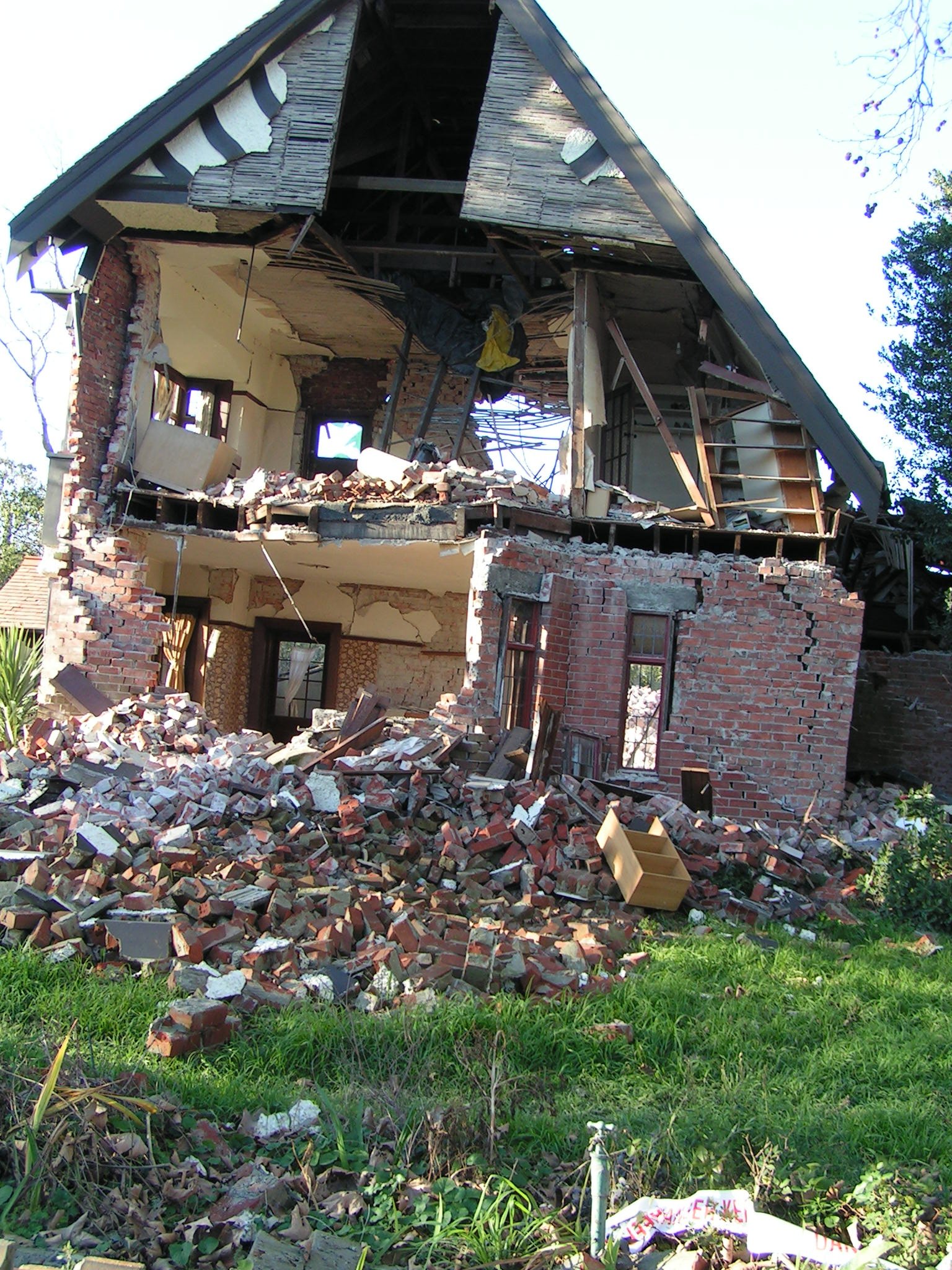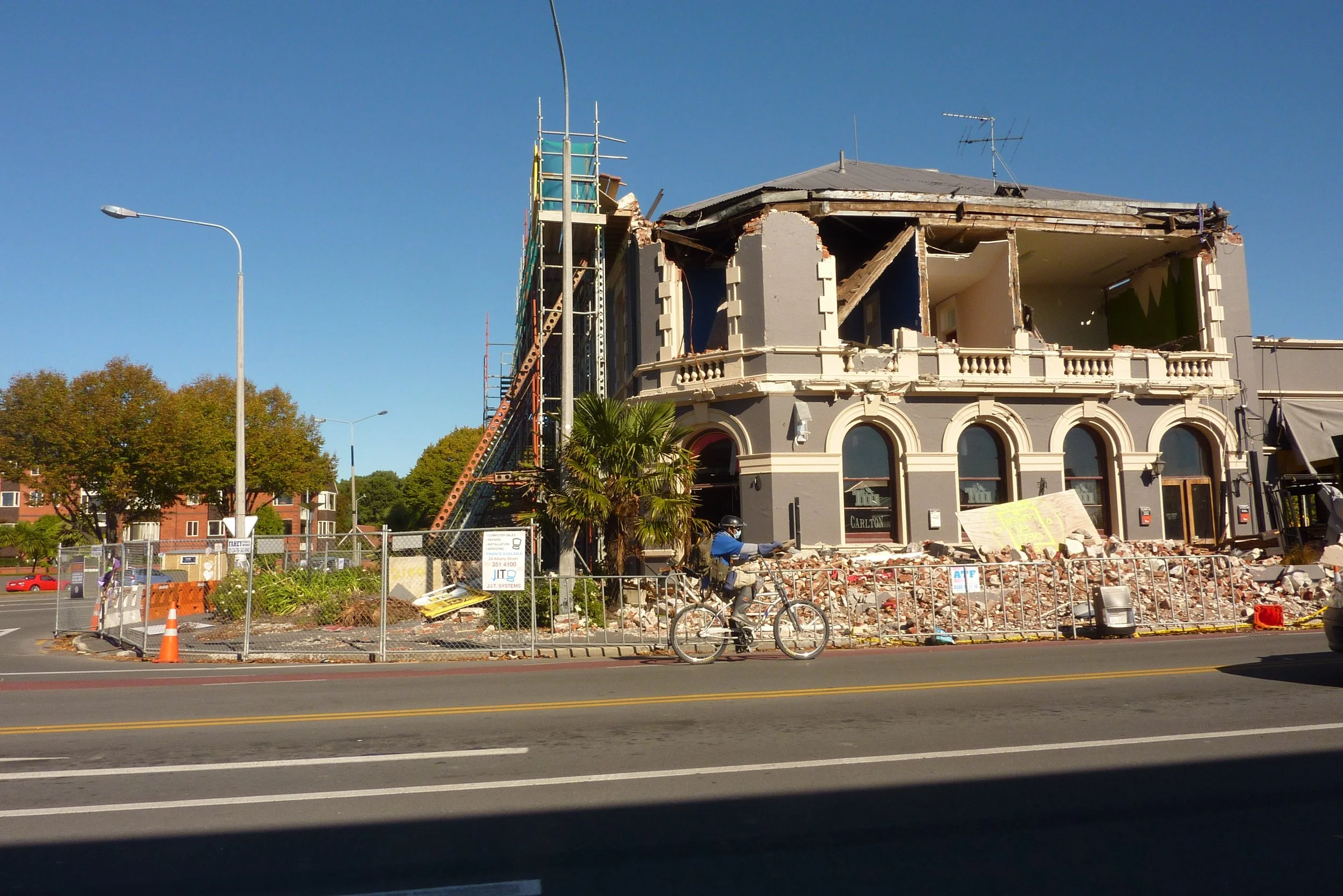Seismically vulnerable buildings can remain occupied
Ōtautahi - Most seismically vulnerable buildings in New Zealand not imminently dangerous and can remain occupied while seismic remediation work is planned, funded and undertaken, Ministry of Business, Innovation and Employment (MBIE) says.
The new seismic risk guidance has been developed by MBIE to help building owners and users understand seismic assessments and provide them with the tools to make informed and risk-based decisions about continuing to occupy buildings with low seismic new building standard ratings.
Compared to most business-as-usual risks, earthquakes are a low probability.
The new guidance highlights how life safety risk to building users in seismically vulnerable buildings can be appropriately mitigated through emergency planning and training as well as restraining plant, services and contents within the building.
The guidance addresses some common misconceptions around how the New Building Standard should be used and clarifies there is no legal requirement to close a building based solely on a low rating.
Understanding the relative vulnerability of different building elements, potential consequences of failure of these elements, and options to mitigate that risk, is more important than the overall rating for a building.
Seismic assessments are an important tool to encourage strengthening of vulnerable buildings and improve of our building stock.
But it’s important that decisions on these are well informed and remediation work well planned so that the needs of communities can continue to be met and the risks managed.
A new building standard score evaluates the performance of a particular building over a range of earthquakes, in terms of protecting life.
The NBS was specifically developed to support the implementation of earthquake-prone building legislation and was never intended to be used to support building occupancy decisions.
To calculate the rating, engineers assess all elements of a building that carry life safety risk, and the final NBS score is calculated by taking the lowest rating for any part of that building.
Life safety risks are often quantified in terms of the annual fatality risk for an individual. The New Zealand building code provides a very high degree of life safety for new buildings.
New buildings are designed with a 1 in 1,000,000 annual fatality risk due to earthquakes.
Seismically vulnerable buildings can remain occupied
Ōtautahi - Most seismically vulnerable buildings in New Zealand not imminently dangerous and can remain occupied while seismic remediation work is planned, funded and undertaken, Ministry of Business, Innovation and Employment (MBIE) says.
The new seismic risk guidance has been developed by MBIE to help building owners and users understand seismic assessments and provide them with the tools to make informed and risk-based decisions about continuing to occupy buildings with low seismic new building standard ratings.
Compared to most business-as-usual risks, earthquakes are a low probability.
The new guidance highlights how life safety risk to building users in seismically vulnerable buildings can be appropriately mitigated through emergency planning and training as well as restraining plant, services and contents within the building.
The guidance addresses some common misconceptions around how the New Building Standard should be used and clarifies there is no legal requirement to close a building based solely on a low rating.
Understanding the relative vulnerability of different building elements, potential consequences of failure of these elements, and options to mitigate that risk, is more important than the overall rating for a building.
Seismic assessments are an important tool to encourage strengthening of vulnerable buildings and improve of our building stock.
But it’s important that decisions on these are well informed and remediation work well planned so that the needs of communities can continue to be met and the risks managed.
A new building standard score evaluates the performance of a particular building over a range of earthquakes, in terms of protecting life.
The NBS was specifically developed to support the implementation of earthquake-prone building legislation and was never intended to be used to support building occupancy decisions.
To calculate the rating, engineers assess all elements of a building that carry life safety risk, and the final NBS score is calculated by taking the lowest rating for any part of that building.
Life safety risks are often quantified in terms of the annual fatality risk for an individual. The New Zealand building code provides a very high degree of life safety for new buildings.
New buildings are designed with a 1 in 1,000,000 annual fatality risk due to earthquakes.















Lisa was born in Auckland at the start of the 1970s, living in a small campsite community on the North Shore called Browns Bay. She spent a significant part of her life with her grandparents, often hanging out at the beaches. Lisa has many happy memories from those days at Browns Bay beach, where fish were plentiful on the point and the ocean was rich in seaweed. She played in the water for hours, going home totally “sun-kissed.” “An adorable time to grow up,” Lisa tells me.
Lisa enjoyed many sports; she was a keen tennis player and netballer, playing in the top teams for her age right up until the family moved to Wellington. Lisa was fifteen years old, which unfortunately marked the end of her sporting career. Local teams were well established in Wellington, and her attention was drawn elsewhere.